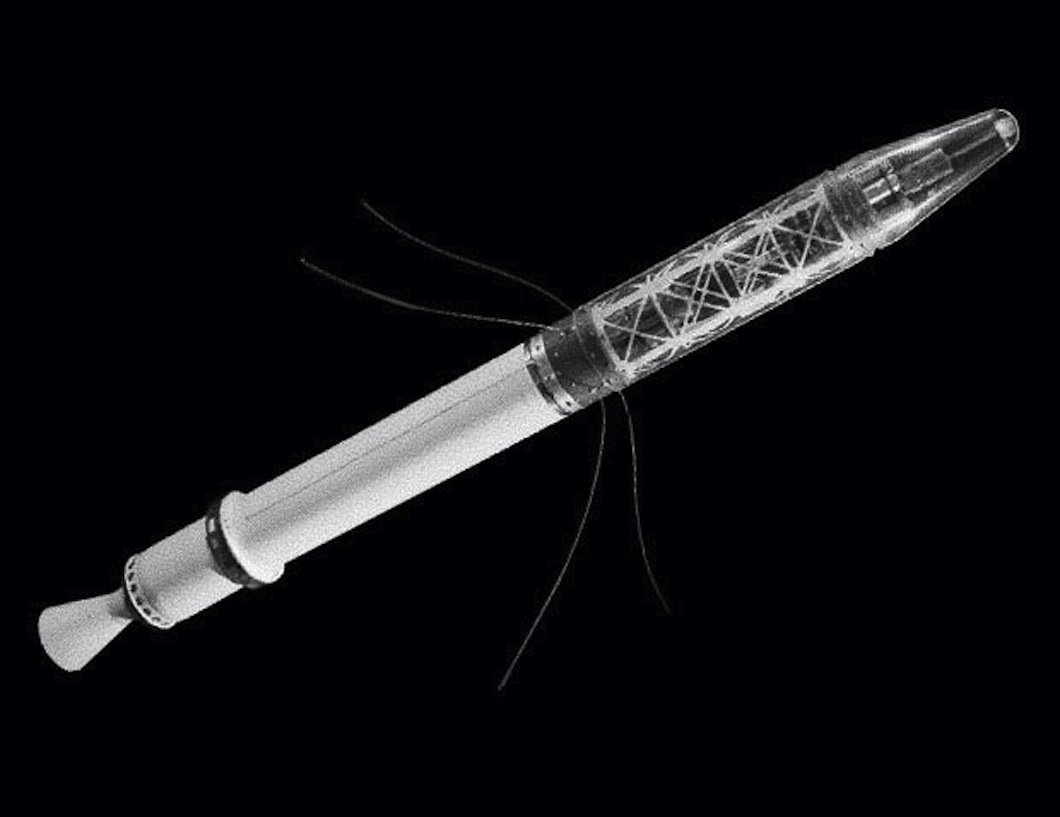On January 31, 1958, a four-staged Juno I rocket waited on the launch pad. It was late… almost midnight, but people still crowded a safe distance away from the pad to watch the launch. The Jet Propulsion Laboratory in Pasadena, California created the satellite that would be launching that day. The probe was called Explorer 1, it was a small satellite that was only around 200 centimeters and it was powered by small batteries. It had an engine at the very back, four long antenna wires in the middle, and a pointy head at the end. It looked more like a missile than a satellite. But the way it looked was not important, it was a message. A message for America's rival the Soviet Union.
In October 1957 the Soviets launched the first artificial satellite named Sputnik 1. It was a huge success and then the next month in November they launch Sputnik 2 with a dog onboard. Another success.
America had tried to fight back, but it wasn’t successful, in December of that same year they tried launching a rocket with a satellite called Vanguard tv3. But the rocket only got 3 inches off the ground before exploding into a giant fireball. But Vanguard survived the explosion and sent out messages (this was discovered in the rubble). Today you can find Vanguard at the National Air and Space Museum in Washington D.C.
So now this was America’s chance to have a re-do, Explorer 1 needed to get off the pad. But the rocket it was using had a questionable chance, it had a 60% chance of actually reaching space. There were so many ways it could go wrong. At 03:47:56 GMT on February 1 (or 31 January 1958 at 22:47:56 Eastern Time.) The rocket lifted off the pad, the rocket would go through every step of the launch perfectly and reach space. Explore 1 would turn out to be a great success, even though it only operated for less than 5 months, its instruments would detect radiation belts around Earth. The findings were later named Van Allen belts in honor of the man who predicted these belts.
Explorer 1 finally went silent in May of that year. But it would continue to orbit the Earth until 1970. Over the years we have made more advanced satellites that have helped us understand better. We have agencies like NASA, but we must also remember the start of space exploration in our country.

